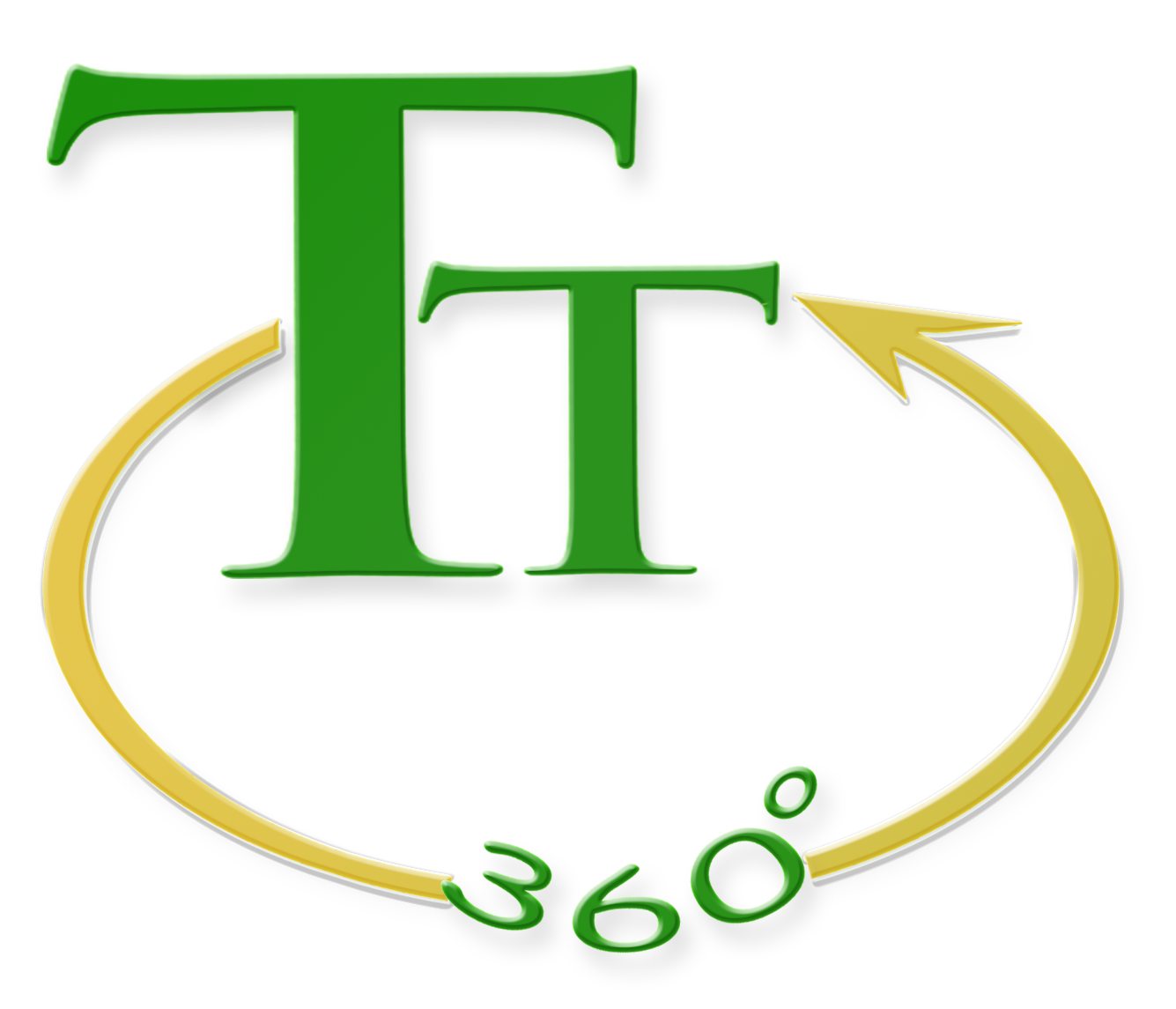In various parts of Asia, the new year is currently being celebrated, with countries like Vietnam and Korea taking part. Known as the Lunar New Year, this significant event is observed not only in China but also in numerous other Asian communities. Commencing with the emergence of the new moon falling between Jan. 21 and Feb. 20 on Western calendars, the festival extends over a period of 15 days, concluding with the subsequent full moon. Originally, it served as an occasion for feasting and reverence toward household and celestial beings, along with ancestors.
Regarding the duration of the Chinese New Year festivities, they span from Feb. 10, when the new year commences, until Feb. 24, culminating in the Lantern Festival. The official Chinese public holiday, in observance of this celebration, spans from Feb. 10 to Feb. 17.

Explaining the concept of the Chinese Zodiac, it constitutes a recurring 12-year cycle featuring animal signs and their associated characteristics, synchronized with the lunar calendar. As the Lunar New Year approaches, a transition from one animal year to the next is marked. For instance, the Year of the Rabbit, which commenced on Jan. 22, 2023, concludes on Feb. 9, paving the way for the Year of the Dragon starting Feb. 10, a cycle last experienced in 2012.

Preparations preceding the Lunar New Year entail a thorough cleansing of households to dispel any lingering misfortune from the preceding year. Additionally, it is customary to settle outstanding debts beforehand, symbolizing the closure of past chapters and the commencement of a fresh year. Other customary practices include affixing spring festival couplets on doors or windows and acquiring new attire.
On the morning of New Year’s Eve, individuals engage in the tradition of tending to the graves of their ancestors before returning home. Following this, they adorn their surroundings with Spring Festival couplets and red lanterns, heralding the commencement of the grand family reunion dinner, widely regarded as the most significant meal of the year. Multiple generations of families come together to partake in this feast, relishing in delectable and auspicious dishes.
Culinary preferences during these reunions vary between the northern and southern regions of China. While northern Chinese cuisine predominantly features dumplings and noodles, southern counterparts lean towards rice cakes. Following the meal, it is customary to distribute red envelopes containing money and to ignite fireworks, in adherence to tradition.

The Festival of Lanterns, occurring on the final day of the New Year festivities, symbolizes the conclusion of the celebrations. Streets illuminate with various types of lanterns, while poetry and riddles serve as sources of entertainment during this concluding phase.








